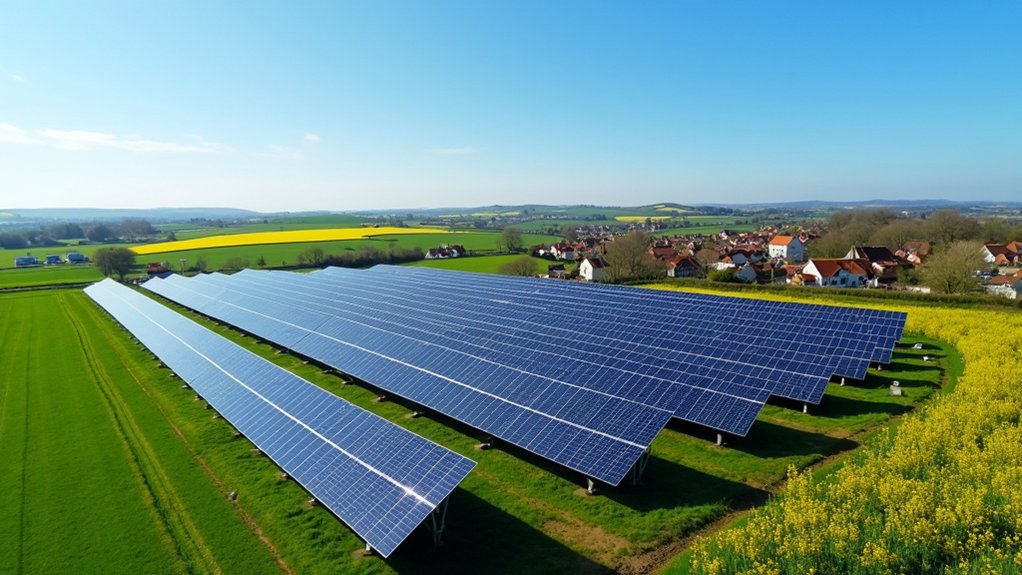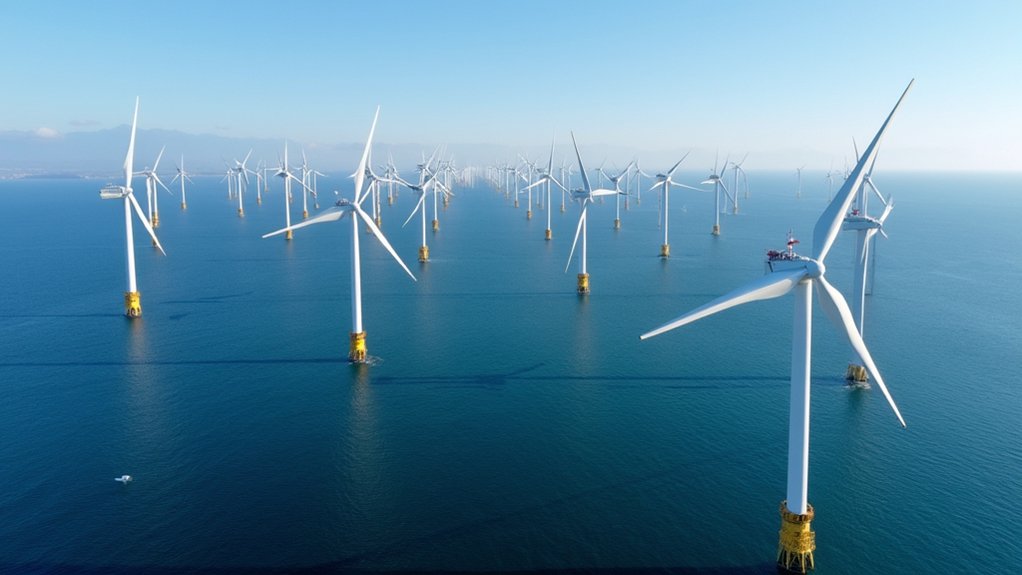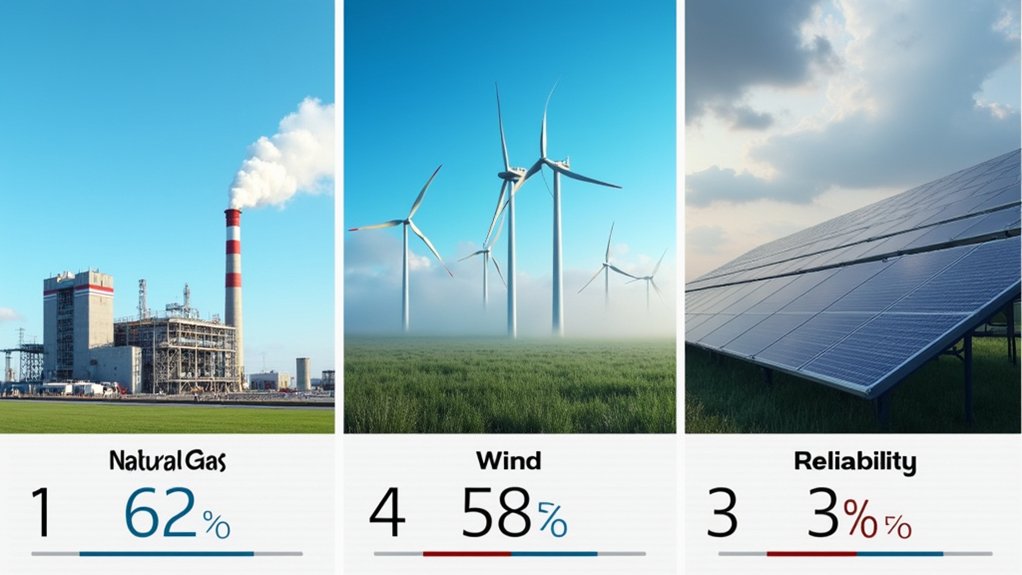As Britain emerges from a record-breaking sunny March, the nation’s solar capacity has reached an unprecedented 18 gigawatts in February 2025, marking a remarkable 2 GW increase in just six months. This expansion has driven solar power’s contribution to the UK’s energy mix to impressive new highs, with peak generation hitting 12.2 GW on April 1st between 12:30-13:00, handily surpassing 2024’s previous record of 11.5 GW.
The exceptional weather conditions have played a vital role in this solar surge. March 2025 recorded 185.8 sunshine hours – the sunniest since recordkeeping began in 1910 – boosting solar yield by 22% compared to 2024 averages. This meteorological windfall translated to a daily solar output of 87.6 GWh on April 1st, providing enough electricity to power approximately 8 million UK homes.
March’s record 185.8 sunshine hours fueled Britain’s solar boom, delivering enough power for 8 million homes on April 1st alone.
Residential installations continue driving this solar revolution, with rooftop systems accounting for 73% of February’s new capacity additions. The British public’s embrace of solar technology has been nothing short of transformative; 1.5 million UK homes now have panels installed, compared to merely 28,211 in 2010. The South East and South West England lead this residential adoption, with the latter having 8.5% of households equipped with solar panels. Strong public sentiment has fueled this growth, with polling indicating 77% support for solar development nationwide.
I’ve tracked these installation patterns closely, noting how average household system capacity has grown to 4.2 kW, up from 3.8 kW in 2022.
Despite these achievements, challenges loom on the horizon. Installation rates declined 23% between December 2024 and February 2025, with 15,000 new systems added in February versus 19,500 in December.
Grid connection bottlenecks for utility-scale projects now stretch to five years, creating a noticeable deployment bottleneck.
The upcoming general election casts uncertainty over renewable energy policies, though the current government’s Net Zero Strategy maintains a target of 40 GW solar capacity by 2030.
While impressive by domestic standards, Britain’s solar ambitions appear modest globally. The UK ranks seventh in Europe for per capita solar capacity at 270W/person, while China installed 180 GW in 2024 alone – exceeding Britain’s entire cumulative capacity.









